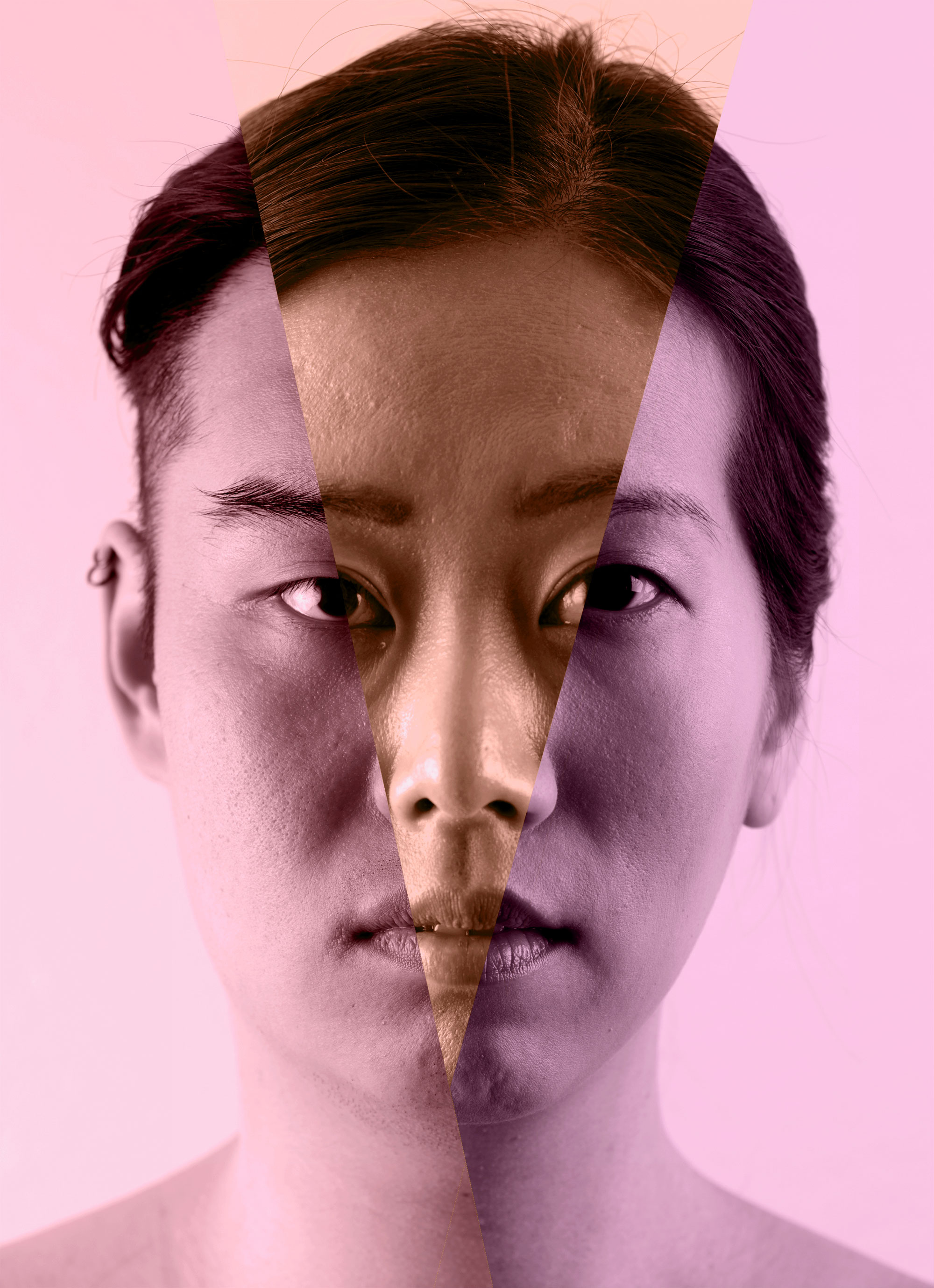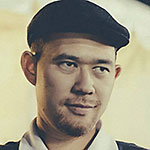
On an episode of “Parts Unknown” that took him to Israel, Anthony Bourdain approached a group of Orthodox Jewish men and asked if he too could pray at the Western Wall.
“Are you Jewish?”
Bourdain emphasized that he was only half Jewish — and that he was agnostic. But that apparently didn’t matter.
The men enthusiastically embraced Bourdain and said, “Half is still Jewish”, as they sent him along his way with instructions on how to pray at the wall.
Here was an American with mixed Jewish blood, fully welcomed and invited to pray as a full-blooded Jewish man. In many ways, it’s been the complete opposite experience for myself in the Asian community.
I grew up fielding the ever-popular question asked by people who tended to marvel at my almond-shaped hazel eyes and stare at my wavy brown hair, as if I was some sort of exotic creature. What are you? How did you get that?
Explaining my ethnic background to others in my early years meant using a simple 50/50 percentage, later becoming more sophisticated and nuanced, as I wanted to be more precise.
As I got older, I felt like I didn’t belong to any particular group. I was always “the other”, even in tasks as innocuous as filling out paperwork. My only option was “other”.
If Asian Americans tend to be excluded, I often feel even more out of place, defying ethnic classification.
I never know if my appearance is going to help or hinder how welcome or unwelcome I am in different spaces. Asian Americans might see me as white and white people may only see me as Asian. But in all the subjectivity of appearances, there was always a question in the back of my mind: Am I enough?
I didn't think I was Asian enough to work with INHERITANCE. Was I too white to be an effective story producer to my fellow Asian Americans? Is my whiteness seen as threatening? Am I Asian enough to be accepted into the Asian American church, as a mixed biracial Asian and not the token white person?
I used to interpret my whiteness as diluting my Asian American identity, but now I embrace my Irish roots, with a deeper understanding that Irish immigrants were marginalized by the bigotry of nativism, seeing the roots of systemic oppression threaded and interwoven into my family’s histories. My image of self is more holistic than dualistic.
We invite you to see the ways that the Asian American experience is changing, not just what a biracial or multiracial Asian American looks like, but to re-examine the language we use and acknowledge that differences can be launching points for inclusion – that half is still Asian. You’re more than welcome to join us.

Wonho Frank Lee is a freelance photographer who primarily shoots for Eater LA and recently received his MFA from Cal State LA. Follow him on Instagram @WonhoPhoto.
